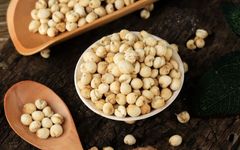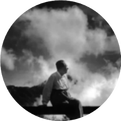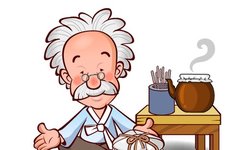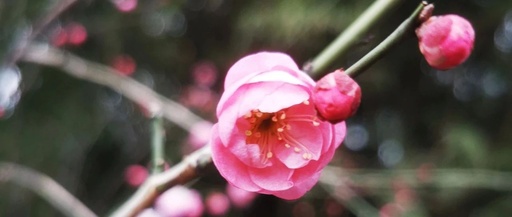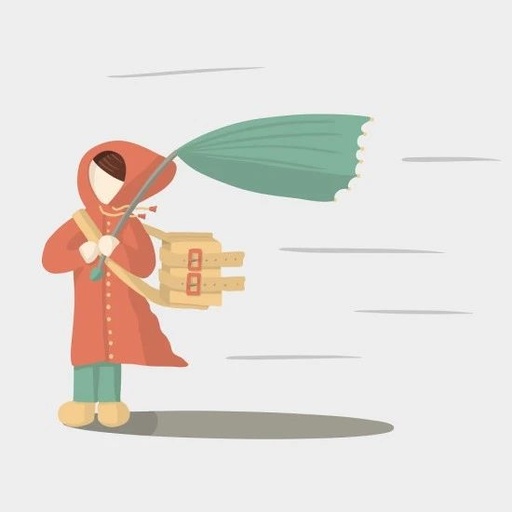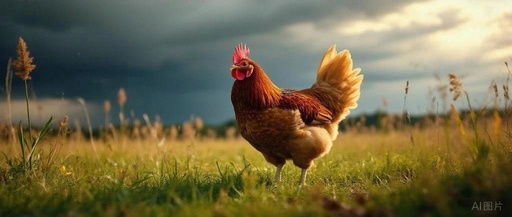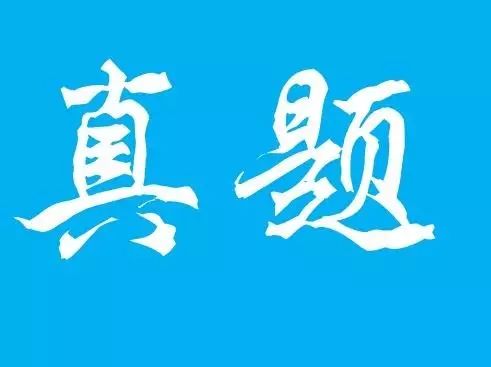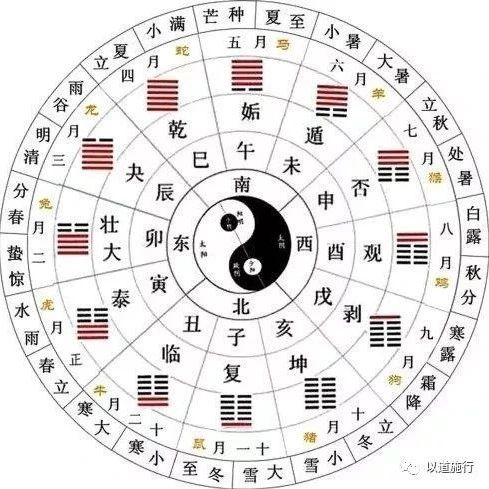Practical Techniques: Discussing the Mutual Use of Cold and Heat
When faced with the dilemma of treating cold with heat or heat with cold, and when the treatment is ineffective or not appropriate, meaning the illness does not present as purely cold or purely hot, the prescribed herbs cannot solely be cold or hot. Therefore, we must combine cold and hot herbs, which is known … Read more

